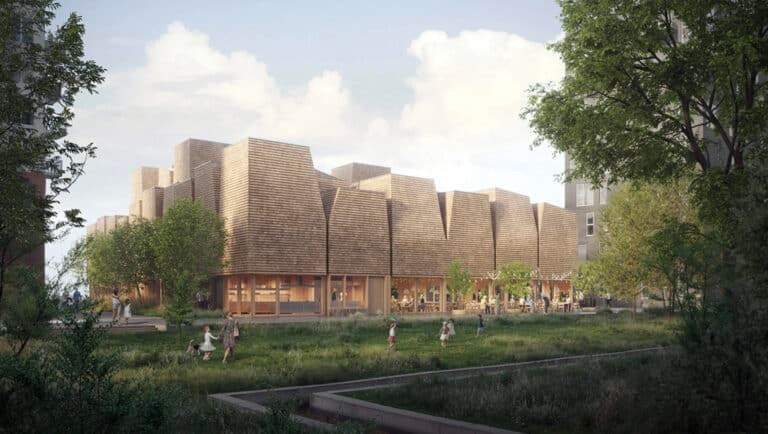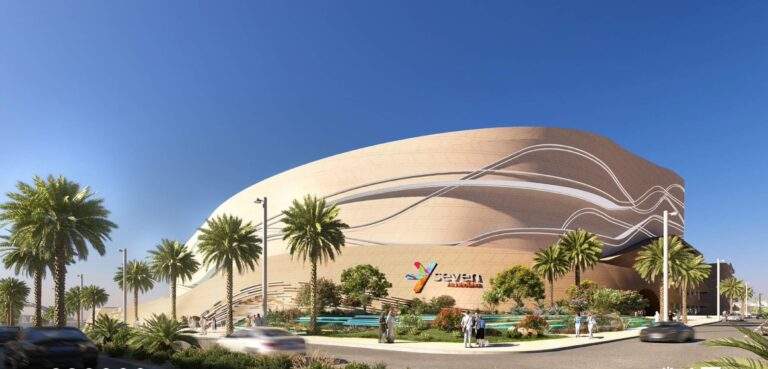In a new step towards developing more sustainable and efficient building solutions, a housing project has been inaugurated in Palm Springs, Florida , utilizing an innovative technique that employs recycled plastic blocks assembled in a manner similar to LEGO pieces. The project consists of 96 residential units and serves as a model for innovation in the construction industry, especially within a housing project in Florida.
How Was the Project Executed?
The project relied on a team of just 11 workers , most of whom were unskilled, using simple tools like a mallet and a glue gun to assemble the blocks. These blocks are made from recycled plastic and glass fiber , materials that are lightweight yet extremely strong. When assembled, the blocks form a single cohesive structure that offers high resistance to environmental factors such as water, mold, and insects, in addition to withstanding winds of up to 250 mph . This approach was crucial for a housing project aimed at sustainability in Florida.

Benefits of the New Technology
- Environmental Sustainability: The materials used in construction are lighter than concrete and produce significantly fewer emissions during manufacturing within a Florida setting.
- Cost and Speed: The method relies on fewer workers and simpler tools, making the construction process faster and more cost-effective, particularly beneficial for a significant housing project in Palm Springs.
- Strength and Durability: The resulting structure is resistant to water, mold, and pests, with excellent load-bearing capabilities.
Efforts by Renco USA
The company behind this project, Renco USA , spent 10 years on research and development to refine the technology. Recently, the company secured funding of $18 million to build a factory in the United States with the aim of expanding the system’s use on a larger scale. This dedication highlights their commitment to developing sustainable housing projects, especially ones like this in Florida.

Significance of the Project
This project represents an important step towards a more sustainable future in the construction industry. By using recycled materials and reducing harmful emissions, the project offers a practical solution to meet housing needs quickly and efficiently, especially in areas like Florida where flexible building solutions are needed.
Summary Table of the Project
| Element | Details |
|---|---|
| Location | Palm Springs, Florida |
| Number of Units | 96 residential units |
| Construction Materials | Recycled plastic and glass fiber |
| Workforce | 11 people (unskilled) |
| Assembly Tools | Mallet and glue gun |
| Structure Resistance | Resistant to water, mold, insects, and winds up to 250 mph |
| Additional Features | Lighter and stronger than concrete, fewer emissions during production |
| Implementing Company | Renco USA |
| Project Funding | $18 million to build a factory in the United States |
In Conclusion
The construction project in Florida is not just a new experiment but proof that innovation can make a real difference in the construction industry. By using sustainable materials and innovative methods, significant progress can be achieved in providing efficient and eco-friendly housing solutions. Thus, the establishment of such housing projects significantly impacts Florida’s future.







